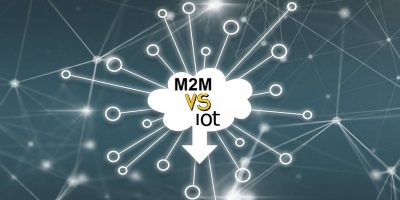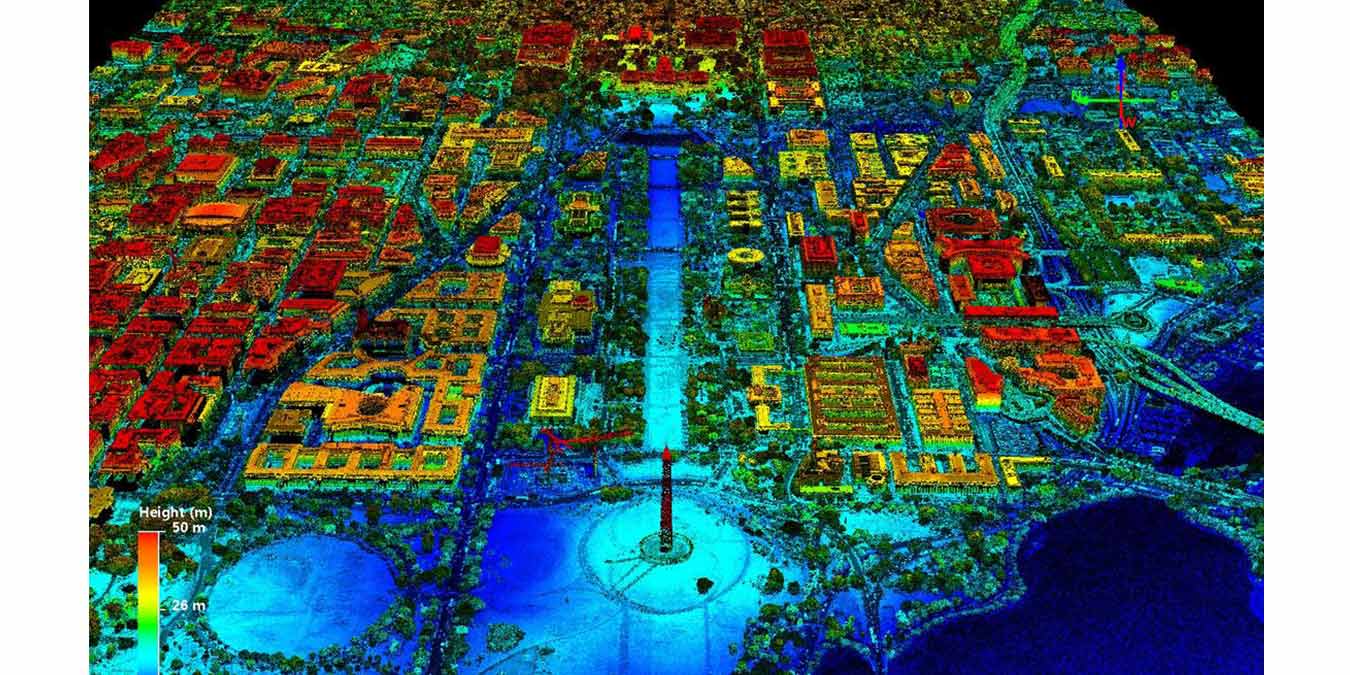
Lidar (or LIDAR, or LiDAR, if you have a preference) is a big part of how our devices “see” the world. Think of it as light-based echolocation for robots. It’s a lot like sonar (sound waves) and radar (radio waves), as it uses the return time of a pulse to estimate distance, but it can produce higher-definition pictures.
It’s essentially coating surfaces with dots of light and detecting each one’s precise distance, forming a 3D map. This is what makes it so useful for doing things like mapping the surface of the moon, finding ancient hidden cities in the jungle, and helping self-driving cars know what’s going on around them.
What is LIDAR and how does it work?
LIDAR is an acronym for “LIght Detection And Ranging,” which basically means it’s shooting out high-frequency invisible laser pulses and timing how long it takes them to return to figure out where and how far away things are.
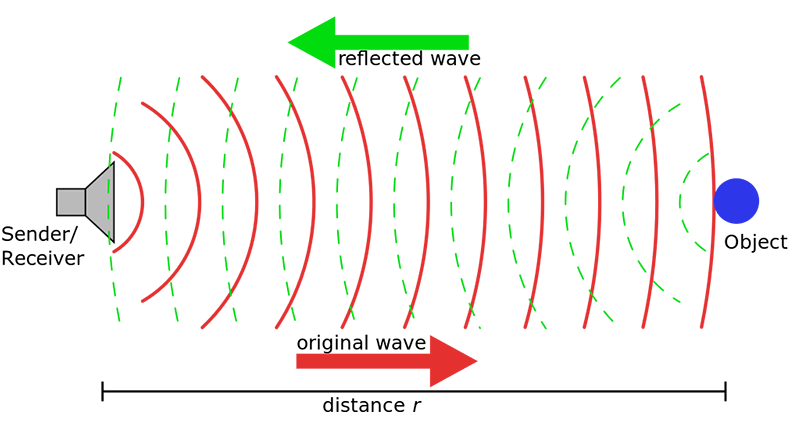
There’s no single LIDAR standard out there, but most of the units that you might see on a self-driving car or another piece of technology work like this:
- Use the emitter to shoot out an invisible laser pulse (low energy and safe for eyes)
- Use the detector to catch the reflected photon. If a photon doesn’t hit something, it won’t return.
- Calculate the distance of the object the photon hit using the time it took the photon to return.
- Do that up to a million times per second while rotating.
- Assemble the resulting data points into a “point cloud” on a 3D grid.
- Use the point cloud to figure out the size and shape of the objects the laser sees, possibly processing it to create a picture of the visible surfaces and open spaces.
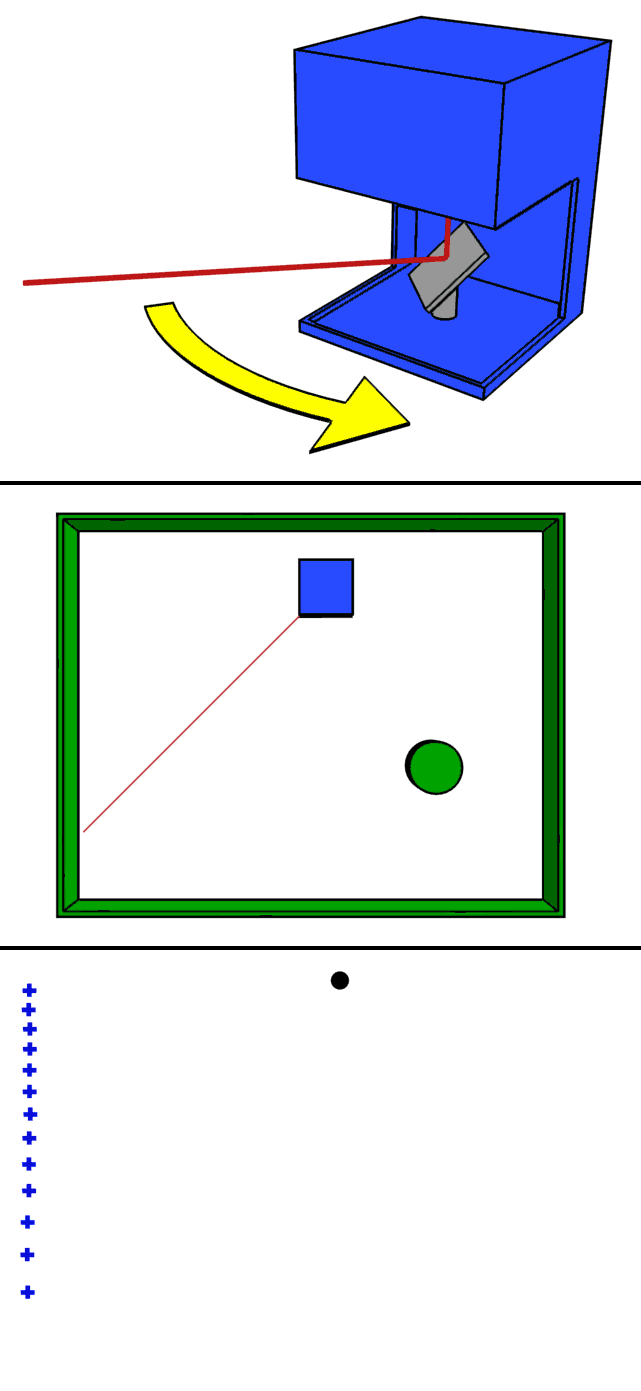
The actual process of creating each point is about as complex as you’d imagine, but the principles behind it aren’t hard to grasp. It’s essentially the same thing as you shining a laser pointer or flashlight onto any surface. You see the light because it’s being bounced back at your eyem and your brain can more or less judge the distance of that object based on the light’s bounce.
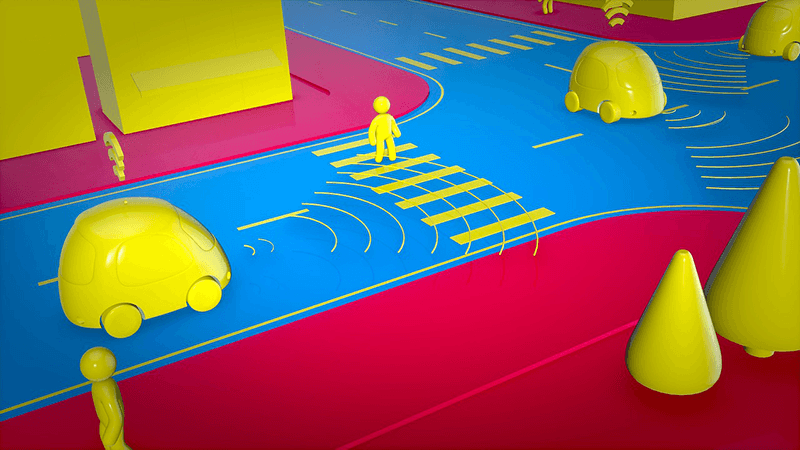
Radar’s radio waves are longer-range, but they tend to pass through some things, and sonar’s sound waves don’t have great range in the air. Light, however, travels far enough to be useful and gets reflected by pretty much any solid surface, so it’s great at getting the details. It also happens to be much faster than either radio or sound waves, and every millisecond of reaction time counts when you’re a drone hurtling towards a midair collision.
Where is LIDAR being used?
As LIDAR units get better and cheaper, they’re moving away from being the specialized tools they once were to being fairly standard IoT solutions.
Autonomous vehicles
Probably the main reason why LIDAR is developing so quickly is because it’s pretty essential for self-driving cars and other autonomous vehicles. If you have a robot moving around at any sort of speed, you want to be sure it doesn’t bump into anything. Heck, even vacuum cleaners are getting LIDAR systems these days.
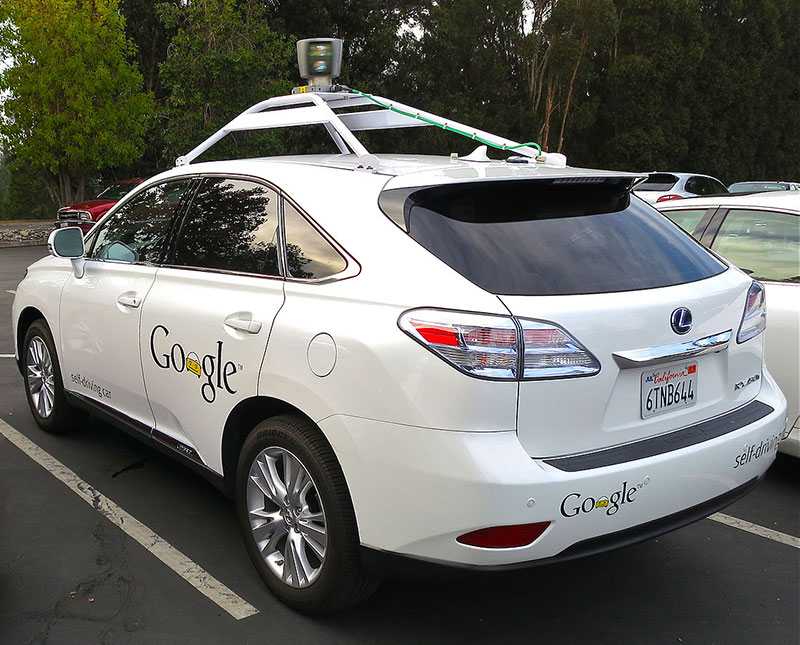
Lidar can spot changes in distance and shape in milliseconds, and an AI with quick reaction times can use that data to change course as needed. Autonomous cars, industrial robots, delivery drones, and pretty much any other robot that moves will probably be getting a LIDAR array at some point.
Camera systems
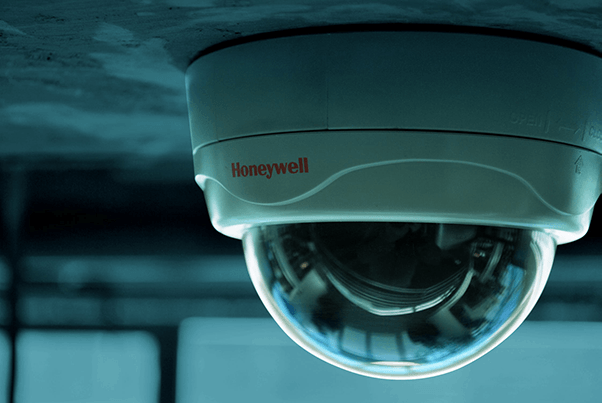
Security systems can benefit quite a bit from using LIDAR to target cameras more accurately and might even use it to protect the privacy of anyone who isn’t tagged as an object of interest in the LIDAR file. Newer camera applications with more of a data-collection focus, like smart retail outlets that track customer movement and purchases via camera, could even replace their whole system with LIDAR and maybe creep people out a bit less.
Video games and virtual/augmented reality
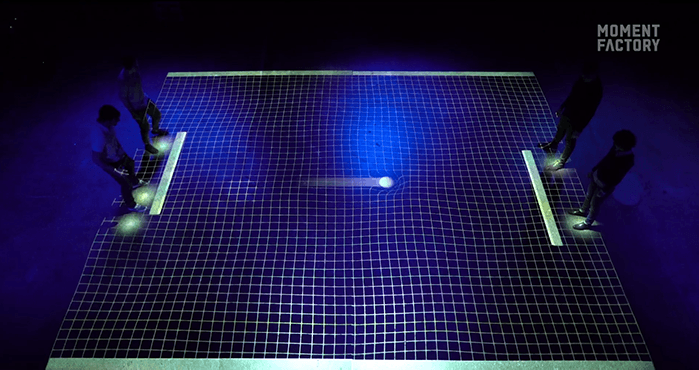
If you’ve ever seen “the laser scanner” in a sci-fi movie, that’s what this is, but with less cool blue light and more invisible laser pulses. If you want to render an existing environment in virtual or augmented reality, mapping it with LIDAR is a great way to make sure that everything ends up where it’s supposed to be. So far, most of the games that have implemented this are racing games seeking to model real-world racetracks, but there are plenty of other applications being explored in the LIDAR + VR/AR space, including a life-sized LIDAR-powered version of Pong.
Mapping and inspection drones
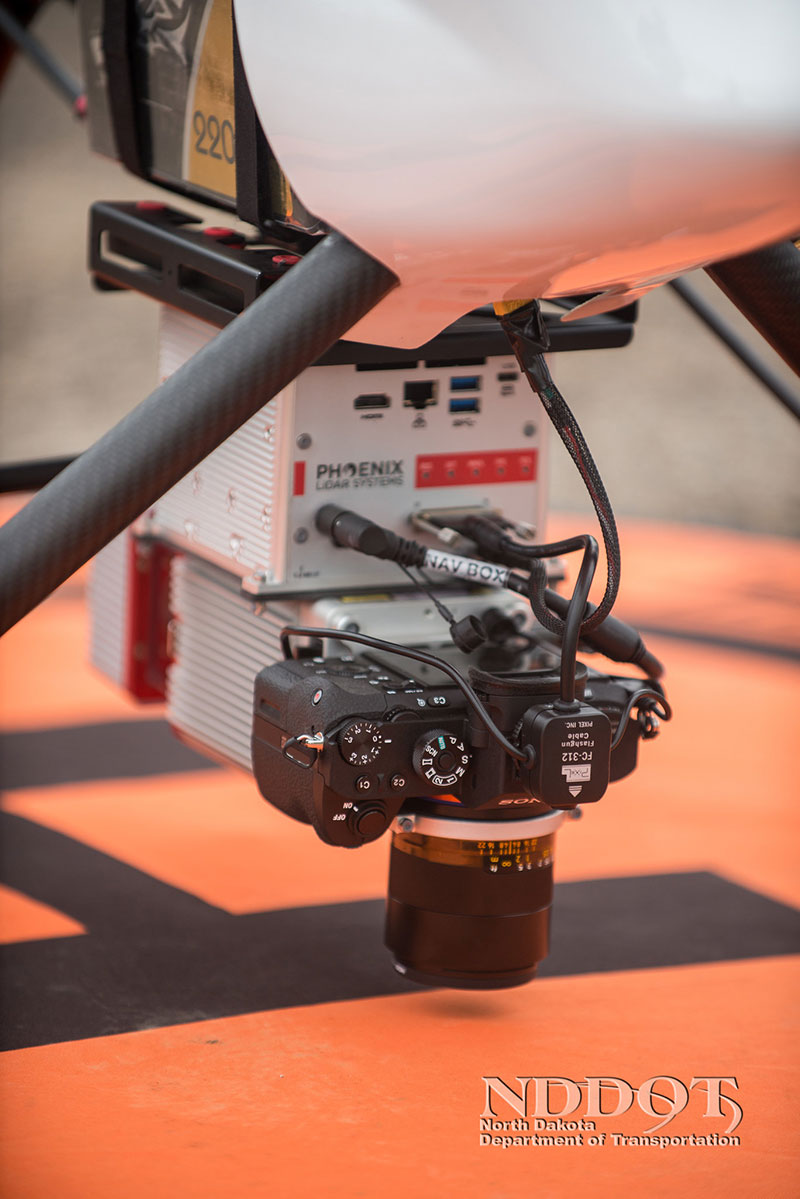
LIDAR is great for helping autonomous vehicles navigate, but its high-resolution 3D mapping abilities are also massively useful for gathering all sorts of data via drone. LIDAR-equipped drones can use it to inspect infrastructure, monitor agricultural crop yields, measure soil erosion, conduct archaeological and oceanic surveys, survey land, and even help manage traffic,
Frankly, my dear, I just don’t give a -dar
LIDAR is an amazing technology, but it often works best when combined with some other sensor type. Autonomous vehicles often have to operate in rainy, snowy, or foggy conditions, and those things mess with the properties of light. Thus, the self-driving cars on the road now typically also supplement their LIDAR with radar and/or sonar, as well as plain vanilla cameras.
When it comes down to it, all the –dars are completely incapable of picking up two-dimensional details, so it’s hard to beat an old-fashioned camera when it comes to deciphering written symbols or picking up colors. Many IoT applications, especially those of the robotic persuasion, will benefit from the recent trend towards smaller, more affordable LIDAR units, but they certainly won’t be working alone.
Image credits: LIDAR point cloud Washington D.C., LIDAR Survey using drone technology, LIDAR-scanned-SICK-LMS-animation, Moment Factory GRiD, Google’s Lexus RH450 Self-Driving Car
Get the best of IoT Tech Trends delivered right to your inbox!




